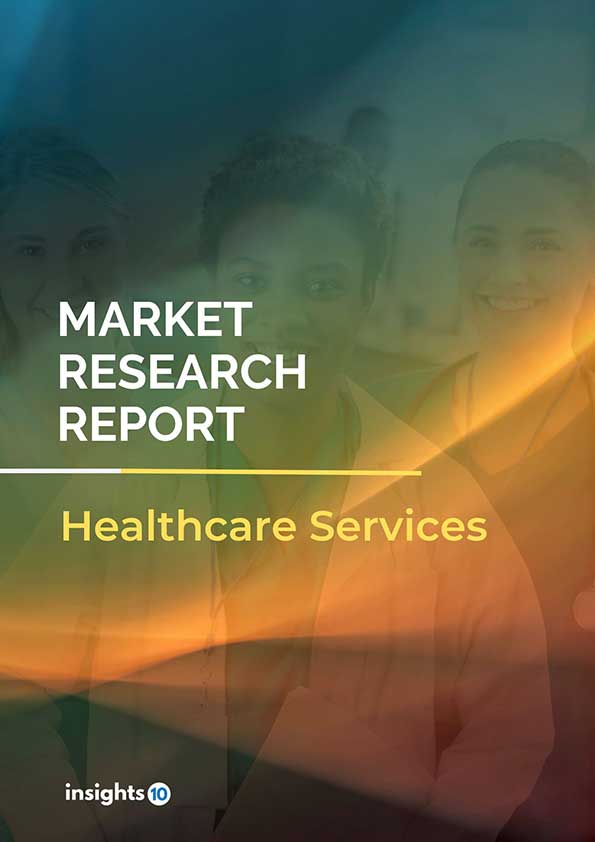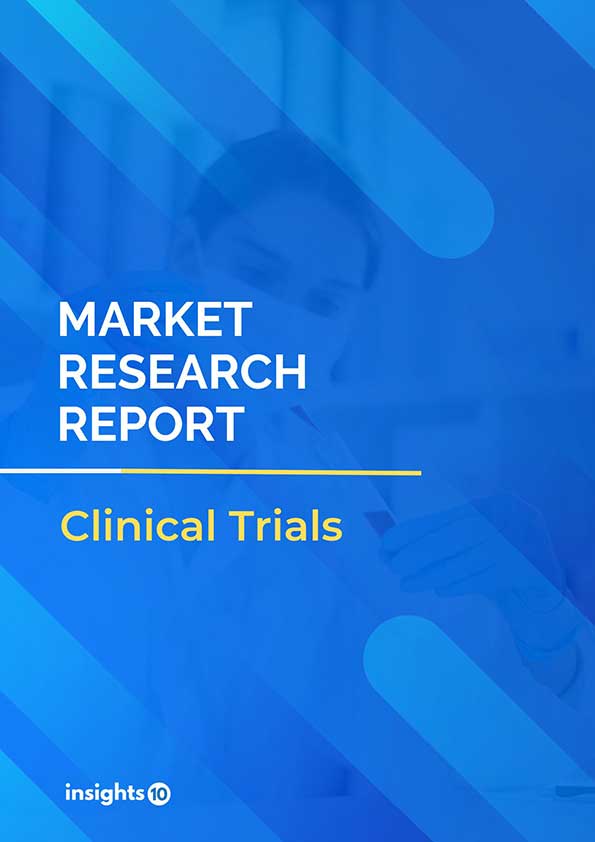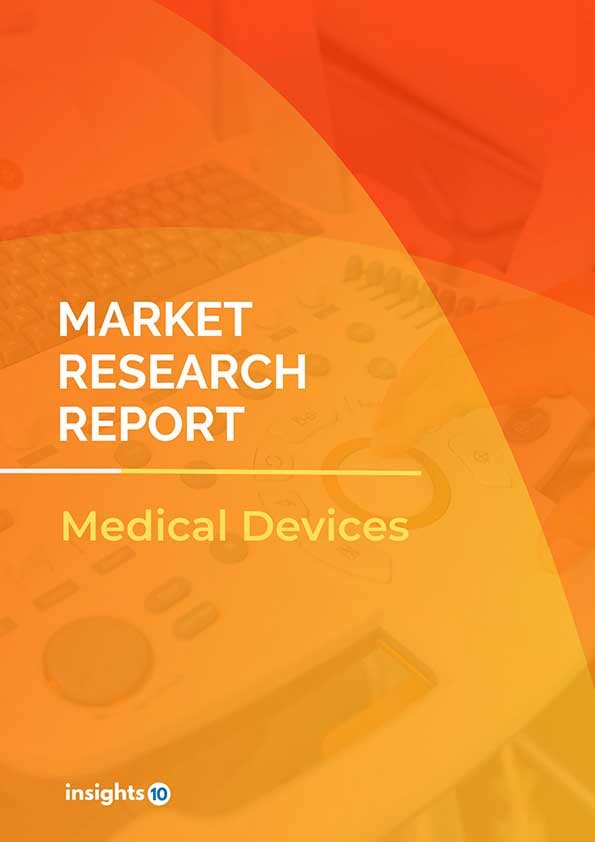Ireland Home Healthcare Market Analysis
The Ireland home healthcare market was valued at $XX Bn in 2022 and is estimated to expand at a compound annual growth rate (CAGR) of XX% from 2022 to 2030 and will reach $XX Bn in 2030. One of the main reasons propelling the growth of this market is the growing elderly population and rising chronic diseases. The market is segmented by Device type and service type. Some key players in this market are Carezapp, Agincare, Irish Home Care, Indu Healthcare
Buy Now

Ireland Home Healthcare Market Executive Summary
The Ireland home healthcare market was valued at $XX Bn in 2022 and is estimated to expand at a compound annual growth rate (CAGR) of XX% from 2022 to 2030 and will reach $XX Bn in 2030. Home care services can be required by people of all ages due to, for instance, care needs to be associated with a chronic condition or disability, or following a stay in the hospital, older people represent a large proportion of service users; this is reflected in the allocation of resources for home care service provision.
By creating and executing a new integrated model of care for older people, Services for Older Persons will help to maintain the improvement of community care services. This will expand access to care and supports in the home and in the community, lowering the need for acute care and long-term residential care. Along with improving front-door frailty teams, HSE will continue deploying the 30 community specialist teams for older people. In Budget 2022, older people services would get a total of $2.57 Bn, including $32.69 Mn for new construction. The 5 million additional hours of home assistance funded with $163.52 million in 2021 will continue to be provided in 2022. Additionally, from 5% in 2021 to 11% in 2022, a portion of these increased home assistance hours will be set aside specifically for people with dementia.
Market Dynamics
Market Growth Drivers
The key factors driving the home healthcare market of Ireland are the growing elderly population and the rising number of people determined to fight diseases like heart issues, diabetes, and different respiratory sicknesses. Moreover, Asia-Pacific home healthcare devices are still in the early stages. Home healthcare is considered a cost-effective alternative to hospitalization and institutional care. The government is providing financial support and incentives for the development of the home healthcare industry in Ireland. Because of technological improvements, healthcare equipment is now portable, user-friendly, and more practical for patients who are at home or on the go. The adoption of emerging technologies in this sector has significantly increased the present patient-provider communication flow, enabling better, quicker, and more efficient care. Technology advancements and rising demand are projected to fuel market expansion in Ireland. These factors are driving home healthcare gadgets during the review time and henceforth will support market growth.
Market Restraints
There are many challenges facing the homecare market in Ireland, the high cost combined with the repayment issues related to the selection of home healthcare devices would control the market development. The lack of skilled nursing personnel with a compassionate attitude is anticipated to slow the rate of expansion of the Ireland home healthcare market. Home healthcare services in Ireland are often limited to basic care and may not have access to specialized care such as rehabilitation or palliative care. Reimbursement for home healthcare services is limited in Ireland, which can affect the growth of the industry.
Competitive Landscape
Key Players
- Carezapp
- Agincare
- Irish Home Care
- Indu Healthcare
- Always with You
- Home Dialysis Solutions
- Bay Water Healthcare Ireland
- Anns Home care
- Ayodcare services
- Bluebird home care
- A-Z home care services
Notable Deals
In 2020, CareChoice, a leading provider of home healthcare services in Ireland, was acquired by ORIX Corporation, a Japanese financial services company.
Healthcare Policies and Regulatory Landscape
Ireland's new statutory home care scheme will not be developed in isolation. It will be designed to complement and integrate effectively with other health and social care services such as long-term residential care (including the Nursing Homes Support Scheme), primary and community services as well as hospital services.
The new scheme will also be developed in the context of relevant existing policies such as the Report of the Oireachtas Committee on the Future of Healthcare, National Carers Strategy37, the Positive Ageing Strategy, and the National Dementia Strategy38, among others. The National Service Plan sets out the government's priorities and funding for healthcare services in Ireland, including home healthcare services.
1. Executive Summary
1.1 Service Overview
1.2 Global Scenario
1.3 Country Overview
1.4 Healthcare Scenario in Country
1.5 Healthcare Services Market in Country
1.6 Recent Developments in the Country
2. Market Size and Forecasting
2.1 Market Size (With Excel and Methodology)
2.2 Market Segmentation (Check all Segments in Segmentation Section)
3. Market Dynamics
3.1 Market Drivers
3.2 Market Restraints
4. Competitive Landscape
4.1 Major Market Share
4.2 Key Company Profile (Check all Companies in the Summary Section)
4.2.1 Company
4.2.1.1 Overview
4.2.1.2 Product Applications and Services
4.2.1.3 Recent Developments
4.2.1.4 Partnerships Ecosystem
4.2.1.5 Financials (Based on Availability)
5. Reimbursement Scenario
5.1 Reimbursement Regulation
5.2 Reimbursement Process for Services
5.3 Reimbursement Process for Treatment
6. Methodology and Scope
Home Healthcare Market Segmentation
By Device Type (Revenue, USD Billion):
Based on the Device Type the market is segmented into Testing, Screening, Monitoring Devices, Therapeutic Home Healthcare Devices, and Mobility Assist.
- Testing, Screening, and Monitoring Device
- Blood Glucose Monitors
- Blood Glucose Monitors
- Blood Pressure Monitors
- Heart Rate Monitors
- Temperature Monitors
- Sleep Apnea Monitors
- Coagulation Monitors
- Ovulation and Pregnancy Test Kits
- Pulse Oximeters
- Home Hemoglobin A1C Test Kit
- Therapeutic Home Healthcare Devices
- Oxygen Delivery Systems
- Nebulizers
- Ventilators
- Sleep Apnea Therapeutic Devices
- Wound Care Products
- IV Equipment
- Dialysis Equipment
- Insulin Delivery Devices
- Inhalers
- ?Other Therapeutic Products (ostomy devices, automated external defibrillators (AEDs)
- Mobility Assist
- Walkers and Rollators
- Wheelchairs
- Canes
- Crutches
- ?Mobility Scooters
By Service Type (Revenue, USD Billion):
- Skilled Nursing Services
- Rehabilitation Therapy Services
- Hospice and Palliative Care Services
- Unskilled Care Services
- Respiratory Therapy Services
- Infusion Therapy Services
- Pregnancy Care Services?
By Indication Type (Revenue, USD Billion):
- Cardiovascular Disorders & Hypertension
- Diabetes
- Respiratory Diseases
- Pregnancy
- Mobility Disorders
- Hearing Disorders
- Cancer
- Wound Care
- ?Other Indications (sleep disorders, kidney disorders, neurovascular diseases, and HIV)
Insights10 will provide you with the reports within 10 key parameters which are:
- Market Overview
- Market Growth Drivers & Restraints
- Epidemiology of Disease Type
- Market Segmentation
- Market Share
- Competitive Landscape
- Key Company Profiles
- Healthcare Policies & Regulatory Framework
- Reimbursement Scenario
- Factors Driving Future Growth
Based on our many years of experience, we believe that these are the parameters that are critical to decision-making for business stakeholders. Our focused approach to developing reports focused on 10 key parameters, enabled us to arrive at the name “Insights10”.

Stage I: Market Data Collection
Primary Interviews: We have developed a network of experts, freelancers, and researchers across countries through which we engage with local experts to gather key data points and assumptions about each market. We also engage regularly with some of the best market research agencies such as Atheneum, GuidePoint, GLG, etc. to conduct surveys and interviews, and build intelligence. We have language translators as a part of our team, who between them can cover 30+ languages allowing us to extract better local insights.
Secondary Data Collection: We have developed strong expertise and experience in secondary data collection methods for developing unique data sets and research material. We gather data from multiple reliable sources to maintain a high level of accuracy and consistency. The market data is analyzed and forecasted using appropriate statistical and coherent models. The report offers an overall analysis of the market size, growth, and market share as well as a segment-level analysis of the specific market. Our report includes precise, to-the-point information related to the overall market, competition, growth drivers, challenges, regulatory updates, and competition.
Data Sources: We have access to multiple highly reliable free and subscription data sources. We have many years of experience to understand which sources are more dependable for what and which to prefer for the reliable and latest information. The key sources of information include the following, but are not limited to:

Stage II: Market Data Analysis and Statistical Model
Market Trends: We generally look at macro parameters and micro indicators. The macro parameters include changes in government policies, demand and supply of the market, government intervention programs, and major market share. The micro indicators are GDP growth, market size, market volume, etc. We also understand nuances specific to each country like the US, Canada, India, Germany, etc., and have worked across 60+ countries and hence not only understand global trends but how these differ by country, how payment models, market structure, cultural parameters, etc. differ in each country.
Market Sizing and Analysis: Our expert data analytics team has created various market forecast models by employing the top-down approach i.e. starting with the large overall market and segmenting different areas and the bottom-up approach i.e. starting with population and epidemiology and rolling up based on spend, etc., estimating the size of the market, and distributing among the geographic and/or product segments.
The top-down approach is mainly used for new product forecasting and the bottom-up approach is used for demand estimation of any product for different countries summed up to form the total market. We are able to round off insights and build stronger forecasts because we always do both these methods and triangulate the final numbers.
The study on the market covers the analysis of the leading geographies such as Asia-Pacific, Africa, Europe, Middle East, North America, and Latin America for the period of 2022 to 2030. The qualitative analysis covers the industry landscape and trends, market opportunities, competitive landscape, and policy and regulatory scenario, and the quantitative analysis covers different market estimates and forecasts.
Data Triangulation & Validation:
Data triangulation of various sources and results of the research are carried out by benchmarking with reliable sources such as industry statistics, statistical databases, and company-level averages, etc.
We make sure to finalize the numbers in alignment with the market research. Firstly, our internal experts ensure thorough validation and checking to ensure accurate and precise analysis and then validation is also done using a multiple-data analysis model. Two-level validation is done and entails the finalization of the report scope and the way of representation pattern.
(1).png)
Stage III: Interpretation and Presentation
Analysis & Interpretation: The information gathered is then analyzed and synthesized. The second series of interviews are done if necessary to check and validate. The future opportunities are analyzed by understanding product commercialization and many other factors. It also comprises the analysis of data discrepancies observed across various data sources. Information procured from secondary and primary results is then, interpreted by considering the following parameters: (a partial list)
- Establishing market drivers and trends
- Analyzing the regulatory landscape to understand future growth
- Market Segment based analysis to obtain revenue/volume
- Analyzing current needs and determining penetration to estimate the market
Insights: Our reports deliver actionable insights backed with supporting facts and figures to assist you in achieving exemplary growth. Our in-depth analyses are interspersed with relevant insights and statistics to offer an executive-level view of a given market. The description helps in correlating many minor factors affecting the market and their impact on the different segments within the market.
Data curated from the analysis and interpretation are drawn to portray all in one consolidated report.
Presentation & Reporting: The market research report is presented in different forms such as charts by using a scientific approach for easy understanding. Historic, current, and future analysis is provided for each market in terms of both value and volume. The size of the market is interpreted in the US Dollar value and the respective unit, based on the product, for volume consumption.
The foreign exchange rates are calculated on the respective dates and for the respective regions covered in the study.
To request a free sample copy of this report, please complete the form below.
We value your inquiry and offer free customization with every report to fulfil your exact research needs.
This report addresses
- Intelligent insights to take informed business decisions
- Qualitative, acute and result oriented market analysis
- Market size and forecasts from 2022 to 2030
- Opportunities for expansion and in-depth market analysis
- Segmentation and regional revenue forecasts
- Analysis of the market share and competitive landscape
- Strategic Recommendations to chart future course of action
- Comprehensive Market Research Report in PDF and PPT formats
Need more?
- Ask our analyst how this study was put together to learn more
- Discuss additional requirements as part of the free customisation
- Add more countries or regions to the scope
- Get answers to specific business questions
- Develop the business case to launch the product
- Find out how this report may influence your business revenue




